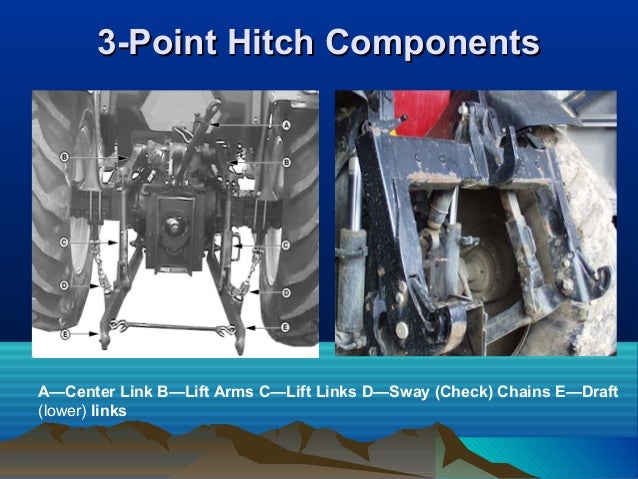

Our Mission is straight forward: While we provide a forward-deployed, flexible sea-based Marine Air Ground Task Force (MAGTF) capable of conducting amphibious operations, crisis response, and limited contingency operations, to include enabling the introduction of follow-on forces and designated special operations, in support of theater requirements of the Geographic Combatant. MAGTFs are a balanced air-ground, combined arms task organization of Marine Corps forces under a single commander that is structured to accomplish a specific mission.Our Mission. The Marine Air-Ground Task Force (MAGTF) is a term used by the United States Marine Corps to describe the principal organization for all missions across the range of military operations. 0324 – Reconnaissance Man, Combatant Diver Qualified (Recon Marine) A Recon Marine is highly. They are also trained in using a parachute as a means of entry when appropriate. They must master swimming, tactical boat operations, as well as patrolling.


The success of the three-point hitch on Ford N-series tractors led other manufacturers to begin building their own versions of the hitch. Ford eventually settled a lawsuit with Ferguson for over $9 million, but it was the beginning of the end for Ferguson's exclusive control over his three-point system. Ferguson began production with another company (Ferguson Tractor, which joined with Massey-Harris in 1959). In 1947, Henry Ford II was in control of Ford and decided continue production without Ferguson's involement. The N-series tractors became a great success for Ford. The result was the Ford model 9N in 1939. Ferguson impressed Ford enough to enter into a production agreement (known as the "handshake agreement", because very little of the business arrangments were formalized on paper). In the autumn of 1938, Ferguson met with Henry Ford to demonstrate his tractor and hitch system. By 1937, however, poor sales and disagreements between Ferguson and Brown caused production to stop. He met with a number of tractor manufacturers and eventually reached a deal with David Brown in 1933, resulting in the production of the Ferguson-Brown model A, with Ferguson's three-point system. Ferguson's mounting system evolved from two link arms (one top, one bottom) to three, and from spring-assisted lift to hydraulics. His early work with mounted plows used a modified Ford model T automobile and later a Fordson model F tractor. Early tractors were very heavy and employed steel lugs to try and achieve enough traction.įerguson began experimenting with mounted plows while working for the Irish Board of Agriculture. Often, the biggest problem was not the raw power of the tractor, but gaining enough traction to put the power to use. Most early tractor plows were trailer-mounted and merely pulled behind the tractor. This period provided Ferguson with considerable experience at the start of mechanized farming in Ireland and England. During World War I, Ferguson served as a sales agent in Ireland for the Overtime tractors, which were imported Waterloo Boys. The modern three-point hitch began with experiments by Harry Ferguson in the 1920s and 1930s.


 0 kommentar(er)
0 kommentar(er)
